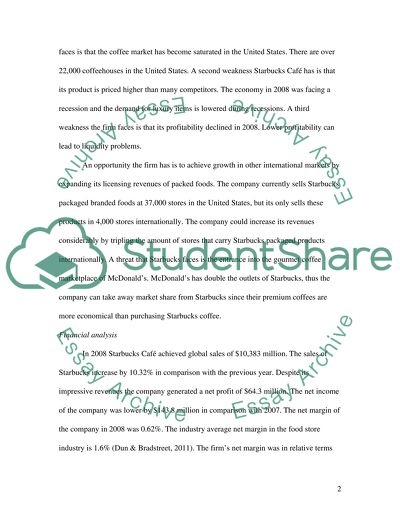Cite this document
(“Starbucks in 2009: The Coffee Goes Cold Coursework”, n.d.)
Retrieved from https://studentshare.org/marketing/1431040-starbucks-in
Retrieved from https://studentshare.org/marketing/1431040-starbucks-in
(Starbucks in 2009: The Coffee Goes Cold Coursework)
https://studentshare.org/marketing/1431040-starbucks-in.
https://studentshare.org/marketing/1431040-starbucks-in.
“Starbucks in 2009: The Coffee Goes Cold Coursework”, n.d. https://studentshare.org/marketing/1431040-starbucks-in.


